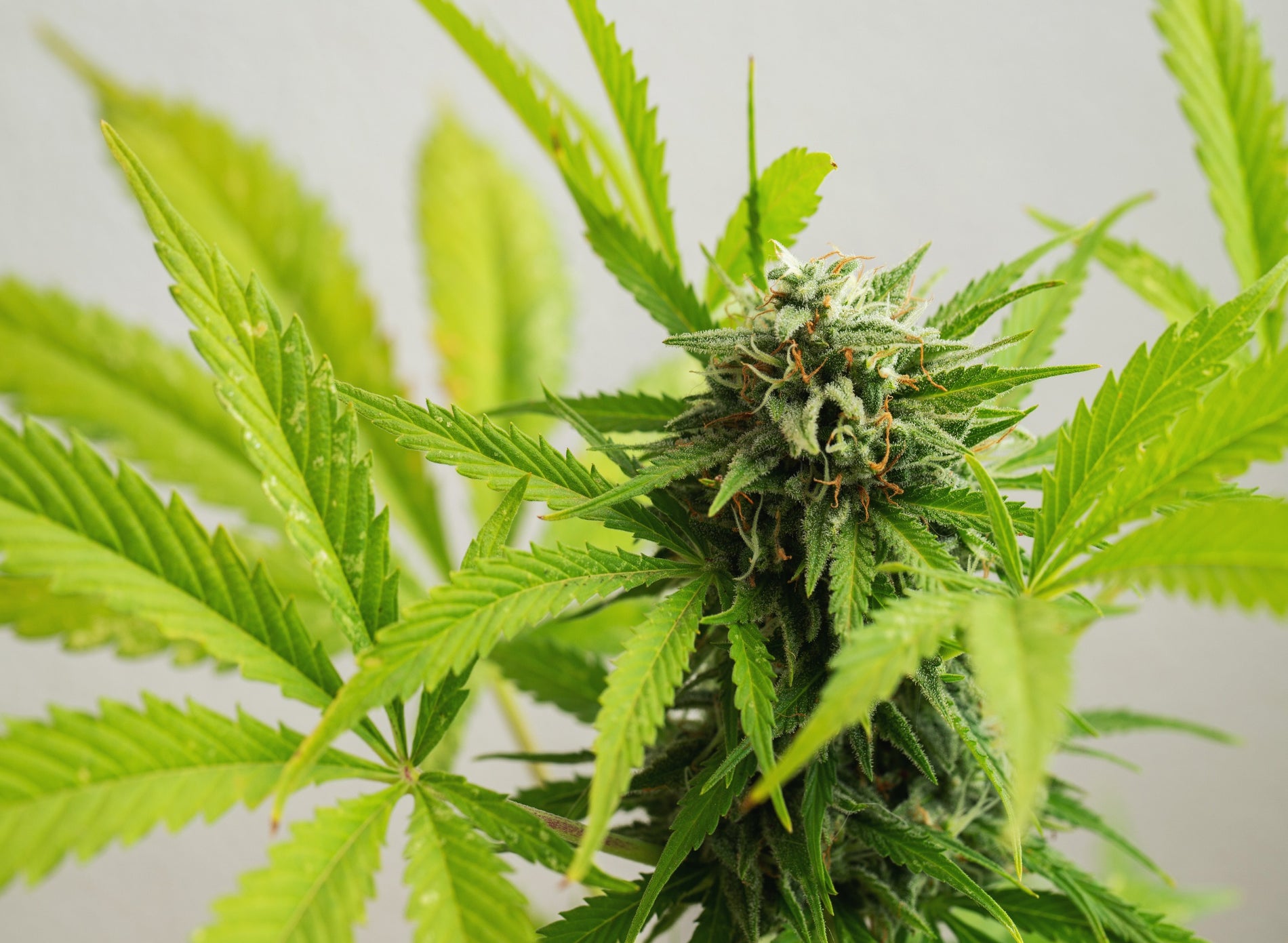The life cycle of the cannabis plant is a captivating journey. Each phase is essential, but the ripening stage is particularly fascinating as it determines the final product’s potency and flavor. Understanding this crucial process, the difference between ripe and unripe buds, and how to speed up bud ripening could significantly enhance your cannabis cultivation skills.
Ripe Buds v.s. Unripe Buds
Being able to tell cannabis ripeness is a crucial skill all weed cultivators must master. Understanding the difference between ripe and unripe buds is vital for successful cannabis cultivation. Unripe, or underripe buds, are often lighter in color and less fragrant than their ripe counterparts. They also tend to have less potent effects, due to a lack of fully developed cannabinoids and terpenes.
On the other hand, ripe buds display a deep coloration, exude strong aromas, and contain a high concentration of cannabinoids and terpenes. This heightened presence contributes to the therapeutic and psychoactive effects that cannabis users appreciate. As a general rule, a bud is ripe when at least half of the pistils have darkened and curled in.
Spotting Overripe and Underripe Buds
One challenge that growers often face is the potential of harvesting either underripe buds or overripe buds. Underripe buds, as mentioned, don’t offer the full spectrum of cannabinoids and terpenes, which can result in subpar potency and flavor.
Overripe buds, however, present a different set of problems. The pistils on overripe buds may become excessively dark. The bud may also begin a process known as “foxtailing,” where new growths form on the buds, giving them a “foxtail” appearance. Moreover, overripe trichomes – the tiny, glandular structures on the cannabis flower – become cloudy, then amber, and eventually deteriorate, resulting in a decline in THC levels and the rise of CBN, a cannabinoid that tends to sedate.
Harvesting Overripe Buds Early
What should you do if your buds are becoming overripe? One strategy is to harvest them early. While it’s not ideal, harvesting overripe buds before they fully degrade can help salvage your crop and prevent a total loss. As with many aspects of cannabis cultivation, it’s a delicate balance of timing and observation.
How to Speed up Bud Ripening
Speeding up the ripening process of cannabis can be achieved by controlling various environmental factors. The most effective method involves manipulating light and temperature. Cannabis plants, much like other plants, respond to changes in the light-dark cycle and temperature variations. By gradually reducing the light exposure and decreasing the temperature during the dark phase, you can encourage the plant to ripen faster. However, it’s crucial to note that speeding up the ripening process should not compromise the overall quality and health of the plant.
Ripe Trichomes: The Peak of Potency
Trichomes are the crown jewels of the cannabis plant. As they ripen, they produce a resin rich in cannabinoids, terpenes, and flavonoids, the compounds responsible for the effects and flavors of cannabis. Ripe trichomes typically display a cloudy white color, indicating high THC levels, the primary psychoactive component in cannabis. Harvesting at this stage will give a more uplifting effect compared to the more sedative effects of overripe trichomes.
When to Harvest Cannabis
Knowing when to harvest cannabis is an art. The signs to look for are darker pistils and the color of the trichomes. When 50% to 70% of the pistils darken and the trichomes are mostly cloudy with a few amber ones, that’s generally the best time to harvest for maximum potency.
Final Thoughts
The cannabis ripening process is a significant phase of the final cannabis growth stage. With keen observation skills and a good understanding of the plant’s lifecycle, you can effectively manage underripe buds, overripe buds, and everything in between. Although understanding this concept may seem daunting for new growers, the results are undeniably rewarding.



















